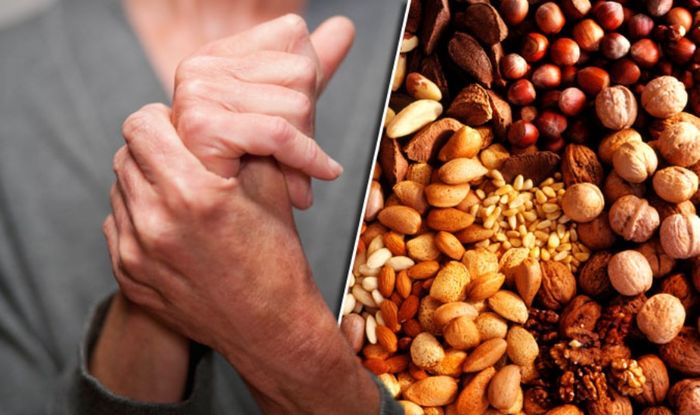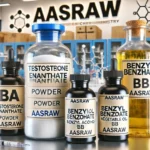 Wounds, scrapes, and burns are not pleasant, but everyone must deal with them at some time, whether it is accidentally cut while cooking, playing basketball or getting a scraped knee or a simple bruise from being clumsy at work. Wounds more severe can also create problems by becoming infected, causing pain, making it hard to move around, and at times, even keep us from our daily responsibilities.
Wounds, scrapes, and burns are not pleasant, but everyone must deal with them at some time, whether it is accidentally cut while cooking, playing basketball or getting a scraped knee or a simple bruise from being clumsy at work. Wounds more severe can also create problems by becoming infected, causing pain, making it hard to move around, and at times, even keep us from our daily responsibilities.
CBD
With edibles and vaping getting all the attention, we have forgotten about the benefits and value of topical cannabis, such as lotions, balms, oils, and salves. And they are showing remarkable result with the healing of any skin abrasions or wounds as well as easing any pain in the muscle. The cannabis plant has over 90 chemicals that are unique – known as cannabinoids, with THC being the best-known compound. CBD is now being seen as the 2nd compound of significance, and CBD oil for wounds is really great.
Studies
Recent studies have found that topical CBD is helpful in treating malignant wounds. One case report published in the “Journal of Pain and Symptom Management” stated accounts of the use of topical extracts from cannabis plant being used on open wounds going back to antiquity. Now in modern times, cannabinoid therapies demonstrated efficiency as an analgesic agent in both pharmaceutical and botanical forms.
Daily supplement
But what if there was a supplement to take daily that could help us in resisting the minor aches and pains people often have? What if this supplement also could help the healing process on a ‘molecular level’? CBD is a supplement that is gaining a lot of attention for many reasons, especially including the ability to help with everyday bumps or scrapes.
Salves
Cannabis salves have been used for millennia in treating topical wounds such as burns or cuts. Now, modern day research has discovered just exactly how vast a role the endocannabinoid system can play in the maintenance of wound healing as well as healthy skin.
Historical records
The medical text’s history showed various cultures mentioned the use of cannabis in a topical preparation in treating cuts, burns, and scrapes. Papyri notes from ancient Egypt that the use of topical ointment was believed to be made from cannabis and fat mixed together; in ancient Greece, writers from back in the 1st century BCE record using cannabis to treat horses suffering from sores and wounds, as well as treating nosebleeds in humans.






